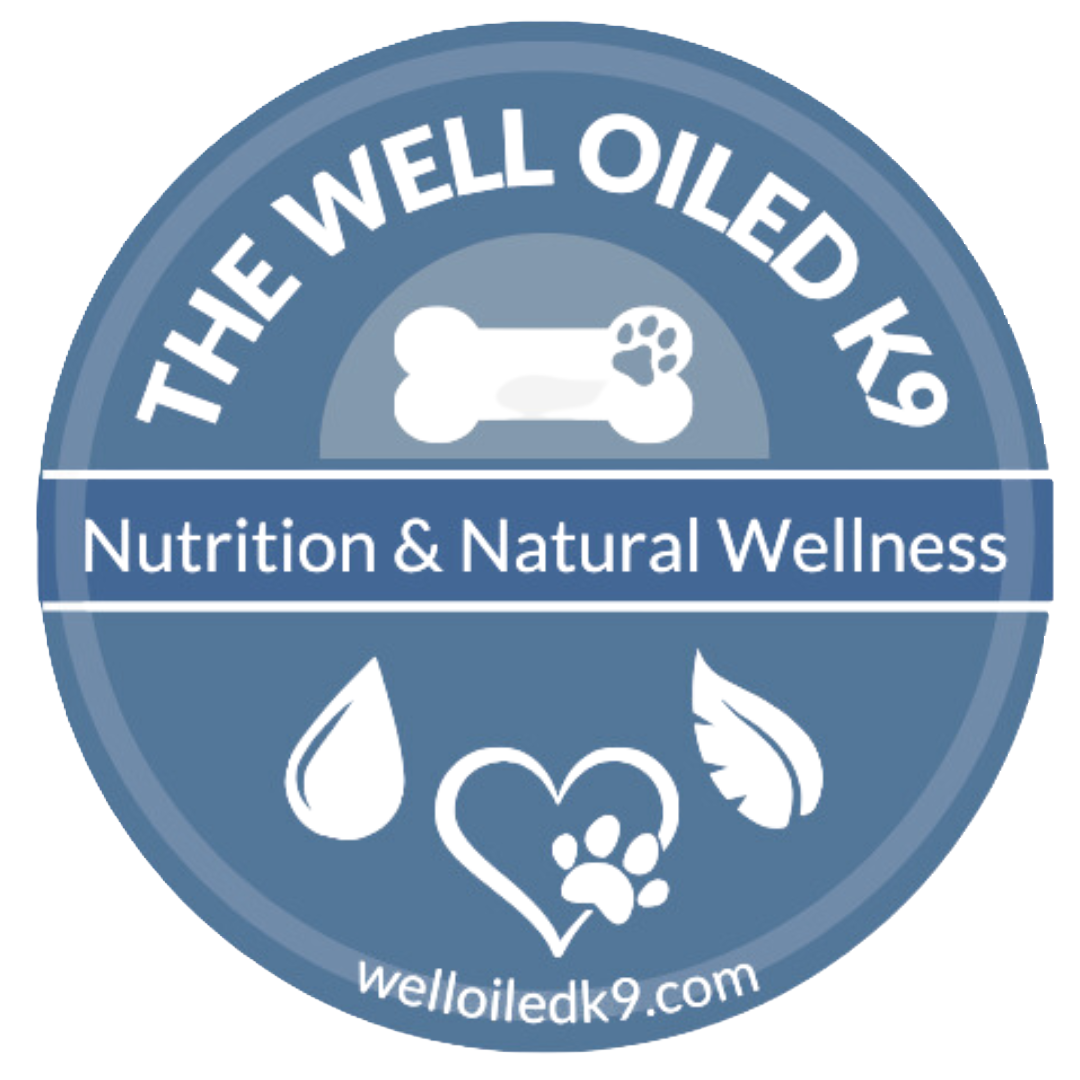Herbal Energetics and Why It Matters for Dogs
Have you ever eaten something spicy and felt your body heat up? Or taken a sip of peppermint tea and noticed a cooling sensation spreading from your chest? That’s herbal energetics in action.
In holistic pet care, herbal energetics is the art of matching a dog’s condition—and constitution—with the right herb. This helps us choose herbs that support balance, rather than just chasing symptoms. It's one of the biggest differences between conventional treatment and natural wellness work.
Why Energetics Matters for Dogs
Let’s say your dog is itchy. Should you reach for an anti-inflammatory herb? Maybe—but if your dog is also red, hot to the touch, and panting, you might actually need a cooling herb instead of a neutral one. On the flip side, a dog with dry, flaky skin and a tendency to seek heat may do better with moistening or warming herbs.
The right herb is not always the one that’s good for the condition—it’s the one that fits both the dog’s symptoms and their overall pattern.
Let’s take a look at the four foundational energetic qualities…
Take the 5 Element Theory Quiz
Warming Herbs for Dogs
Warming herbs gently stimulate the system. They improve circulation, digestion, and metabolic sluggishness. Great for dogs who seem “cold” in temperament or touch—those who move slowly, love sunbathing, or are stiff in cold weather.
Signs your dog may benefit from warming herbs:
Cold ears, nose, paws
Preference for warm surfaces or blankets
Sluggish digestion
Low energy or “chilly” demeanor
Stiffness in cold or damp weather
Common Warming Herbs:
Ginger – Excellent for digestion, circulation, and joint support
Cinnamon – Helps warm the digestive system and boost metabolism
Turmeric – Slightly warming, anti-inflammatory, and circulatory stimulant
Cooling Herbs for Dogs
Cooling herbs help calm inflammation and excess internal heat. Think of dogs who are always panting, irritated, or prone to red, inflamed skin or loose stools.
Signs your dog may benefit from cooling herbs:
Seeks cool places or cold surfaces
Red, irritated skin or hot spots
Panting even in mild temperatures
Loose, soft, or smelly stools
Overheating easily during play or walks
Common Cooling Herbs:
Peppermint – Soothing to the gut, mildly calming, and cooling to the system
Chamomile – Anti-inflammatory and calming to both gut and nerves
Nettle Leaf – Cooling, drying, and helpful for itchy, irritated skin
Drying Herbs for Dogs
Drying herbs are helpful when the body is producing too much moisture. These herbs can help dry up mucous membranes, reduce yeast, and balance "damp" conditions.
Signs your dog may benefit from drying herbs:
Goopy eyes, ears, or nose
Slobbery or drooly mouth
Yeasty smell or skin issues
Mucousy stools
Damp, greasy coat even after bathing
Common Drying Herbs:
Sage – Astringent and helps reduce excessive moisture or secretions
Thyme – Antimicrobial, drying, and helpful for respiratory and gut issues
Yarrow – Astringent and great for wounds or moist skin irritations
Moistening Herbs for Dogs
Moistening herbs nourish and hydrate dry tissues—especially important for senior dogs, dogs on dry food, or dogs with dry coughs and flaky skin.
Signs your dog may benefit from moistening herbs:
Dry, flaky coat or skin
Dry cough or hacking
Hard, dry stools or constipation
Lack of saliva or dry mouth
Excess thirst without damp symptoms
Common Moistening Herbs:
Marshmallow Root – Soothing to dry mucous membranes, especially in the gut
Licorice Root – Moistening, sweet, and gently anti-inflammatory (note: not for dogs with high blood pressure or certain heart conditions)
Slippery Elm – Mucilaginous and healing to the GI tract and respiratory system
Combining Energetics with Whole-Body Wellness
Once you start seeing your dog’s body through the lens of energetics, everything shifts:
That red, itchy skin isn’t just a symptom… it’s a heat sign.
That gunky ear infection isn’t just an infection… it’s damp heat.
That sluggish old pup doesn’t just have arthritis… they may have cold stagnation.
And that’s when herbs become truly powerful—when we use them to restore balance, not just quiet symptoms.
How This Connects to Nutrition, Oils & More
Food has energetics too! We can choose warming or cooling foods to help balance our dog’s constitution.
Essential oils like peppermint (cooling), ginger (warming), and tea tree (drying) follow the same principles when used safely and appropriately.
Traditional Chinese Veterinary Medicine (TCVM) and Ayurveda both embrace these energetic approaches and apply them in food, herbs, massage, and acupuncture.
Even therapies like Raindrop, Red Light, and PEMF can be matched to energetics by choosing oils, heat or cold application, or stimulation strength.
Dana’s Thoughts
Energetics is a game-changer. I’ve watched dogs transform—not because we used a trendy herb, but because we used the right herb for their needs. Matching energetics can reduce the risk of aggravating symptoms and support the body’s natural healing intelligence.
Curious to learn more about your dog’s energetic type? Want help choosing herbs that match their constitution?
Come hang out in my community for the full guide—and we’ll determine your dog’s constitution, share more detailed herb lists, and tips on food energetics too.
👉 Join the forum for full access
👉 Join us on Facebook for community chats and Q&A
Statements in this blog have not been evaluated by the FDA. Educational content only. Not intended to diagnose, treat, cure, or prevent any disease.

